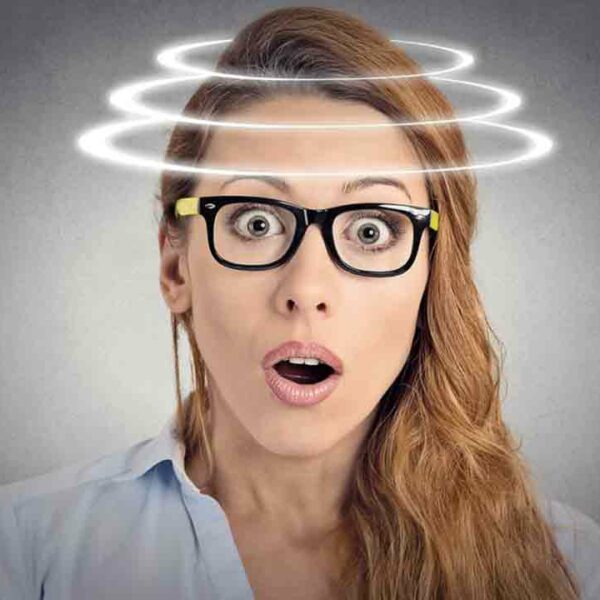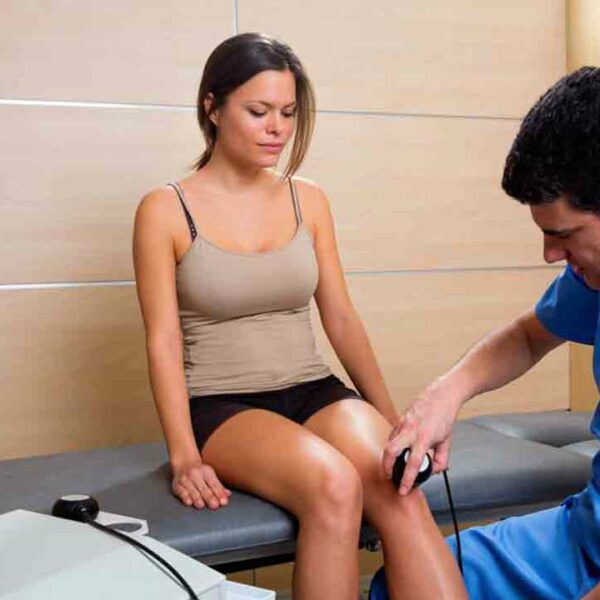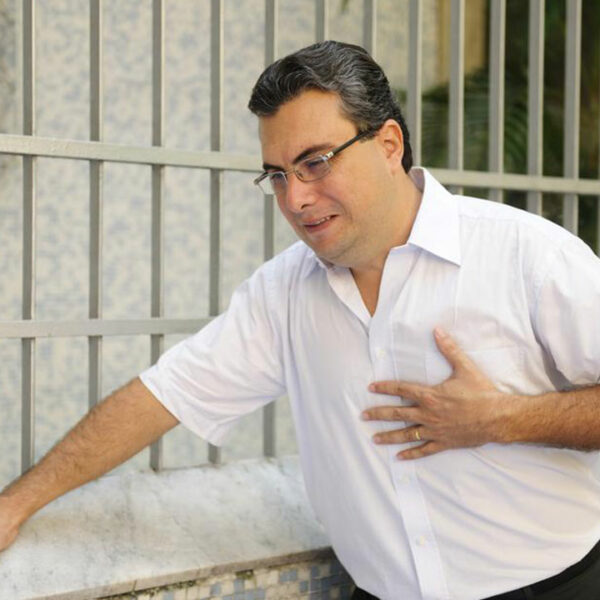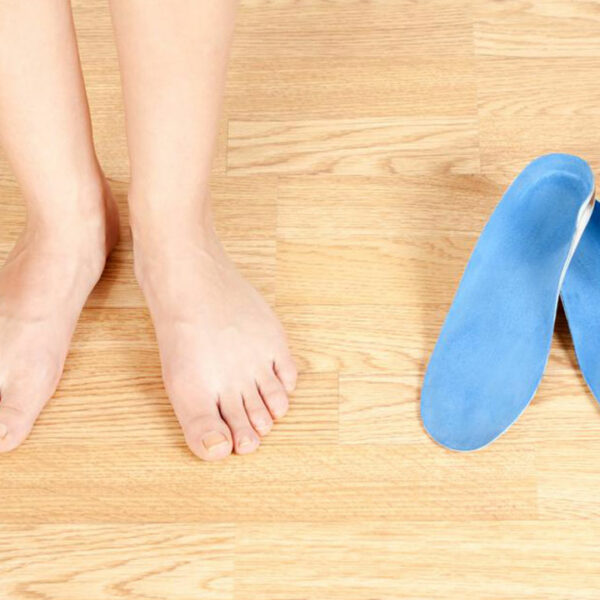
Vertigo – Causes, Symptoms and Treatments
Vertigo is a medical condition commonly associated with the feeling that the world or surrounding objects are spinning. This may be related to nausea, vomiting, sweating, or difficulties in walking. The signs of vertigo are barely noticeable, however, at times it may be severe, and the person experiencing it may find it difficult to maintain balance and perform everyday tasks. It usually occurs due to a problem in the inner ear but can also be caused by vision problems and other similar conditions. Vertigo involves the sensation of movement and is medically different from dizziness or lightheadedness. Vertigo can be classified into three different types – objective, subjective, and pseudo vertigo. Objective vertigo is described as the sensation of rotation of the surrounding stationary objects. Subjective vertigo is the feeling that the person himself/herself is spinning. Pseudovertigo is an intense sensation of rotation that the patient feels inside his/her head. Causes There are several conditions in the brain and the nervous system that may lead to vertigo. Peripheral vertigo occurs due to a disturbance in the balance organs of the inner ear whereas central vertigo results when there is a disruption in parts of the brain known as sensory nerve pathways.






